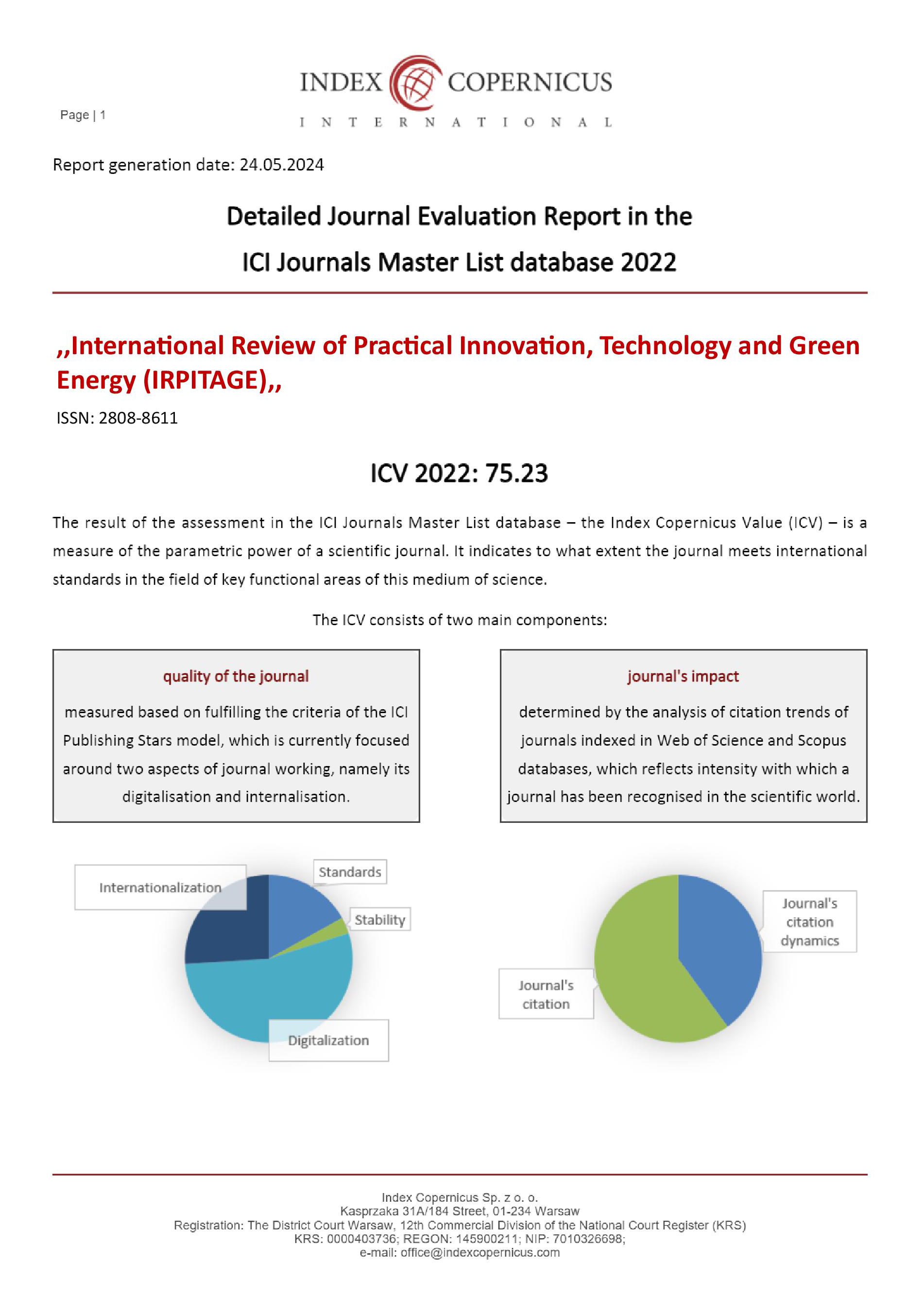EMPOWERING FARMERS THROUGH THE UTILIZATION OF OWL HOUSE INNOVATION (RUBUHA) IN CONTROLLING RICE FIELD RAT PESTS FOR FOOD SECURITY
Main Article Content
Setia Budi
Lukman
Eva Wardah
Rat (Rattus spp.) pest infestations are a major constraint to rice productivity in Pidie Jaya Regency, Aceh, with potential losses reaching 60–70% and even crop failure. Conventional methods currently used by farmers, such as chemical rodenticides and electric traps, have proven ineffective in the long term and have negative ecological impacts. This Community Service (PKM) activity introduced the Owl House (RUBUHA) innovation as a sustainable biological control approach by involving farmer groups in Meurah Dua Sub District. The implementation method includes five stages: socialization, theoretical and practical training (30%–70%), application of RUBUHA in demonstration plots, intensive mentoring, and development of sustainability strategies. Evaluation of farmer knowledge was conducted through pre- and post-tests, while productivity impacts were measured based on harvest data before and after technology implementation. The implementation results showed an increase in rice productivity from 6.1 tons/ha to 7.2 tons/ha, with an estimated additional income of IDR 5–6 million/ha. Farmers' knowledge and skills increased by 70%, indicating the success of learning-by-doing-based technology transfer. In addition to economic benefits, the implementation of RUBUHA also reduces the use of chemical rodenticides, thus positively impacting the environment. The results of this PKM are not only relevant in supporting local food security and farmer welfare but also align with the achievement of the SDGs. Replication Innovation Rubuha to other regions is recommended as part of a community-based Integrated Pest Management strategy.
Budi, S., & Wardah, E. (2019). Identification of constraints in the use of barn owls (Tyto alba) as a pest control for rats in rice paddies in Meureudu District, Pidie Jaya Regency (Independent Research Report). Agribusiness Study Program, Faculty of Agriculture, Malikussaleh University.
Budi, S., Wardah, E., & Lukman. (2021). The role of agricultural extension partnerships in implementing innovations in lowland rice cultivation to achieve food security in Aceh Province (PNBP Research Report). Malikussaleh University.
Nisa, AAA (2022). Evaluation of the presence of Rubuha (Owl House) against attacks by field rats (Rattus argentiventer Robb & Kloss) in Juwiring District, Klaten (Thesis). Sebelas Maret University, Surakarta.
Primadani, DK, Istiaji, B., Priyambodo, S., Sanmas, AA, Fauzana, N., Nurhawati, T., Rosidah, Ardella, AA, Rahmadhani, DA, Sukmawati, I., & Pratiwi, LD (2020). Potential use of owls to control rice field rats in Bener Village, Wonosari District, Klaten Regency. Journal of the Center for Community Innovation, 2(2), 280–285.
Pusparini, MD, & Suratha, K. (2018). Effectiveness of controlling rat pests on agricultural crops by utilizing owls in Wringinrejo Village, Gambiran District, Banyuwangi Regency, East Java Province. Undiksha Journal of Geography Education, 6(2), 54–63.
Setiabudi, J., Izzati, M., & Kismartini. (2015). Analysis of policy priorities for the use of barn owls (Tyto alba) as an environmentally friendly rat pest control in Semarang Regency. Indonesian Journal of Conservation, 4(1), 67–73.
Simatupang, B. (2015). Utilization of barn owls (Tyto alba) as rat predators. Jambi Province Agricultural Extension Center.
Harjanto, D., Yuda, I.P., Jati, A.W.N., 2016. The Use of Barn Owl as Rats control at Rice Field
in Special Region of Yogyakarta. e-Journal Atmajaya Univ. 114110/1, 1–16.
Rajagukguk, BH, 2014. Utilization of barn owls (Tyto alba) for controlling rat pests in oil palm plantations. J. Saintech 6, 1–7.











